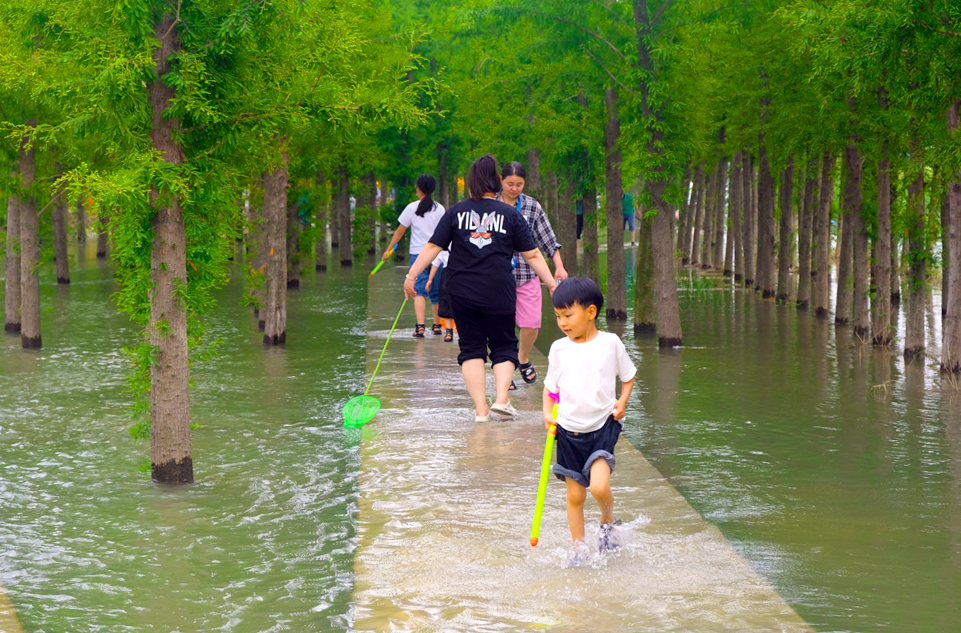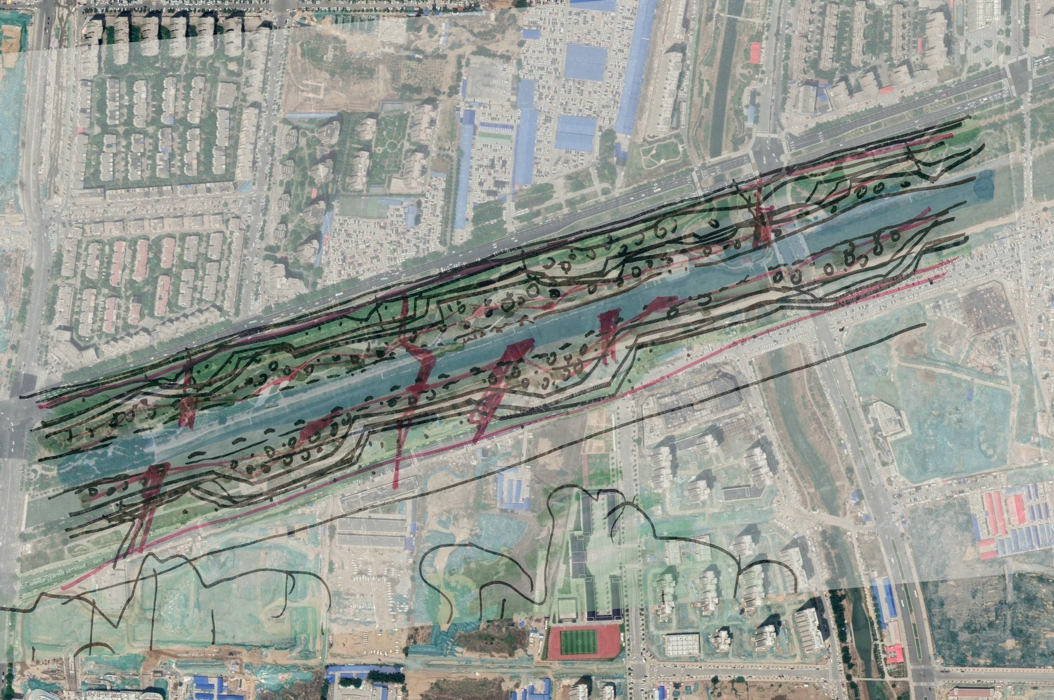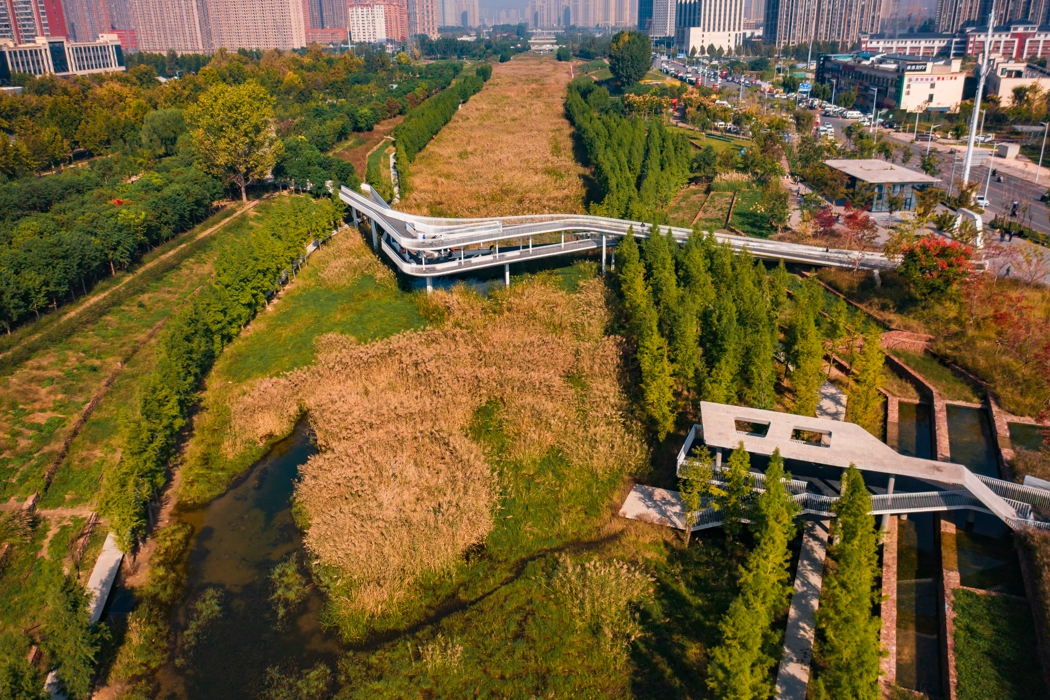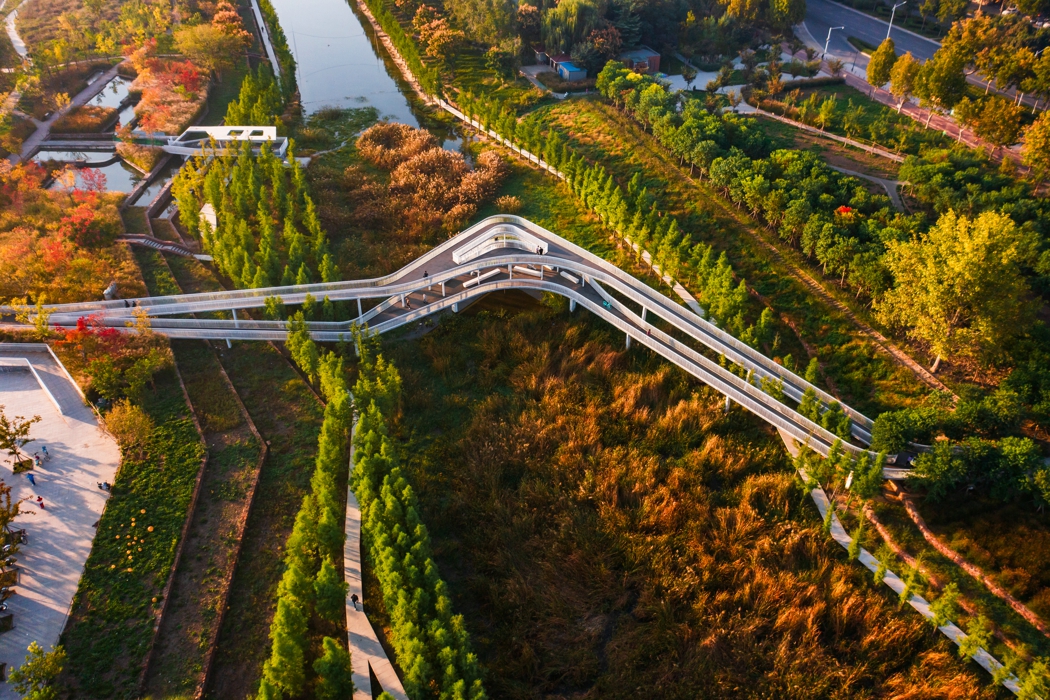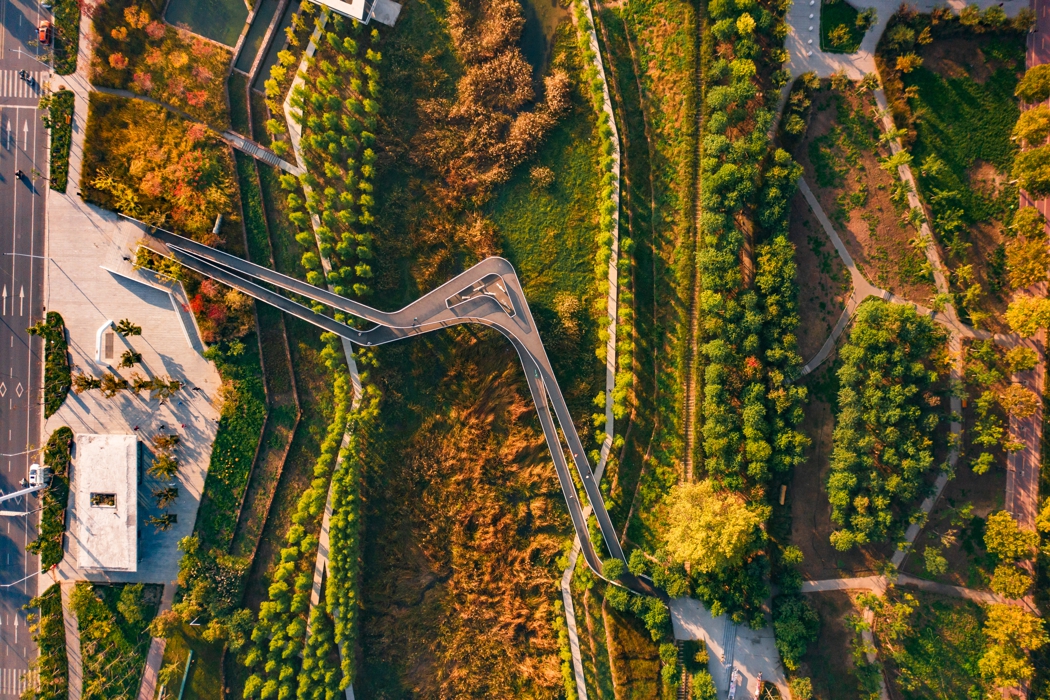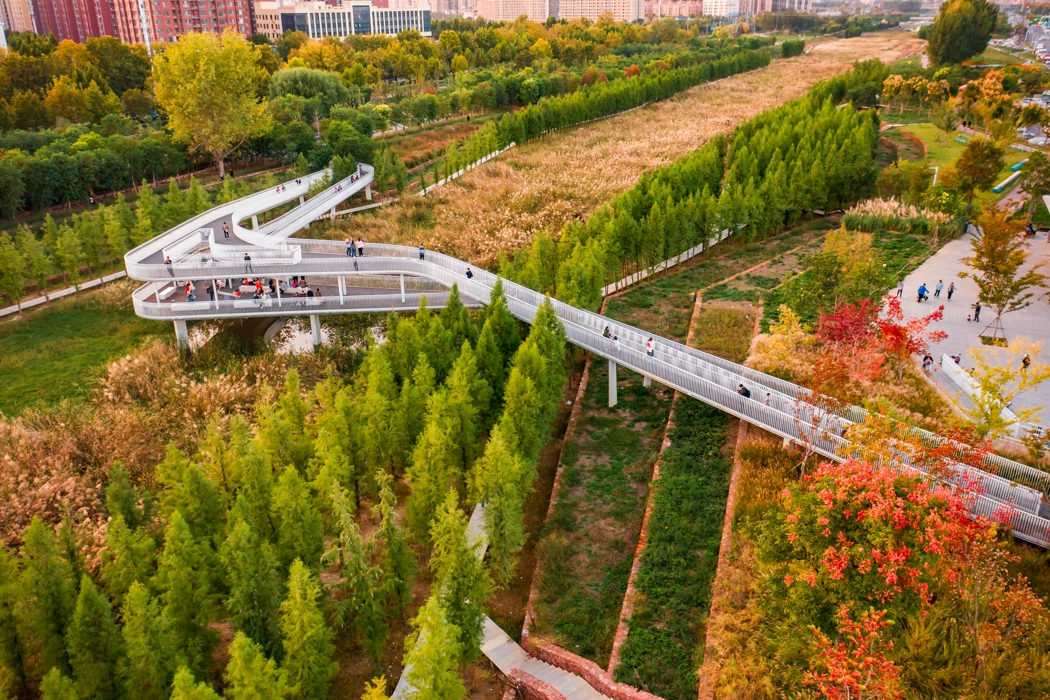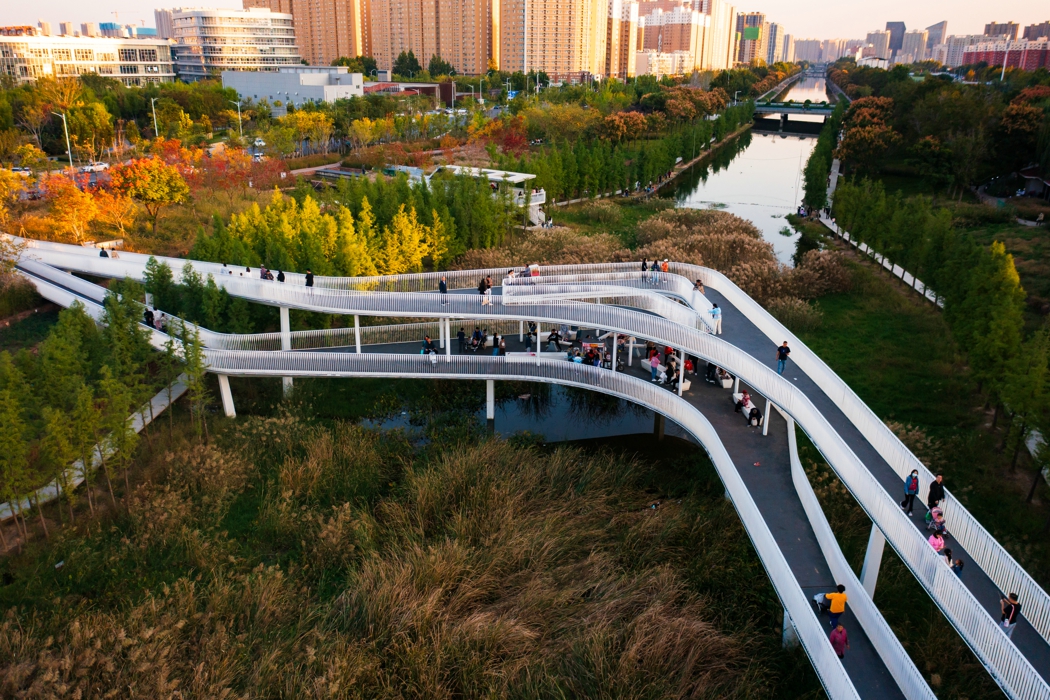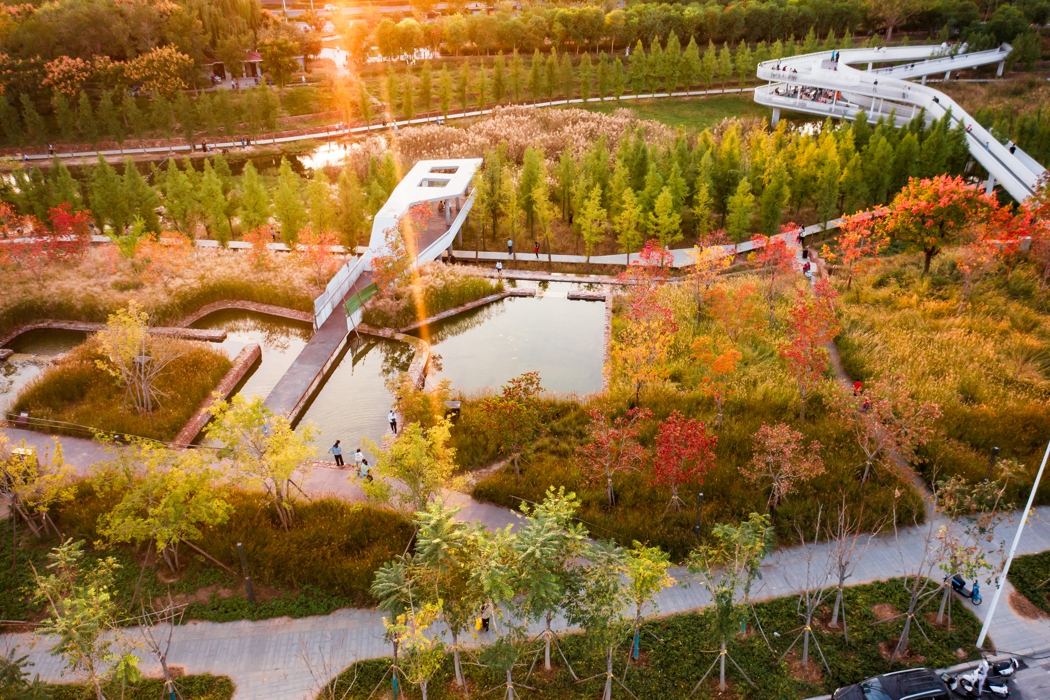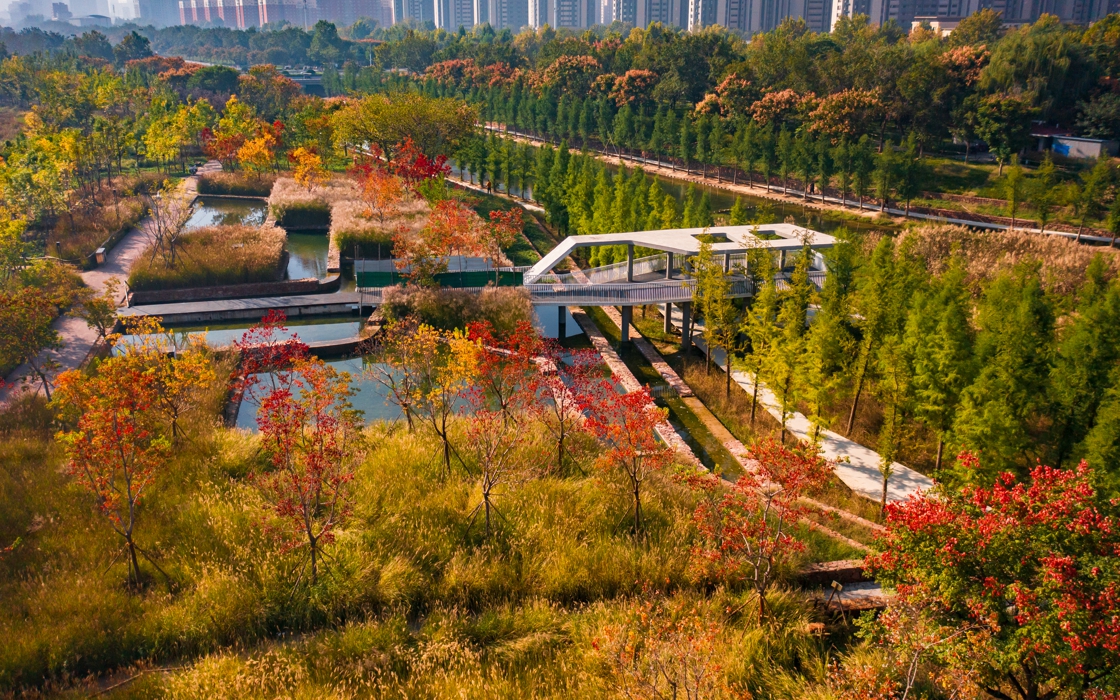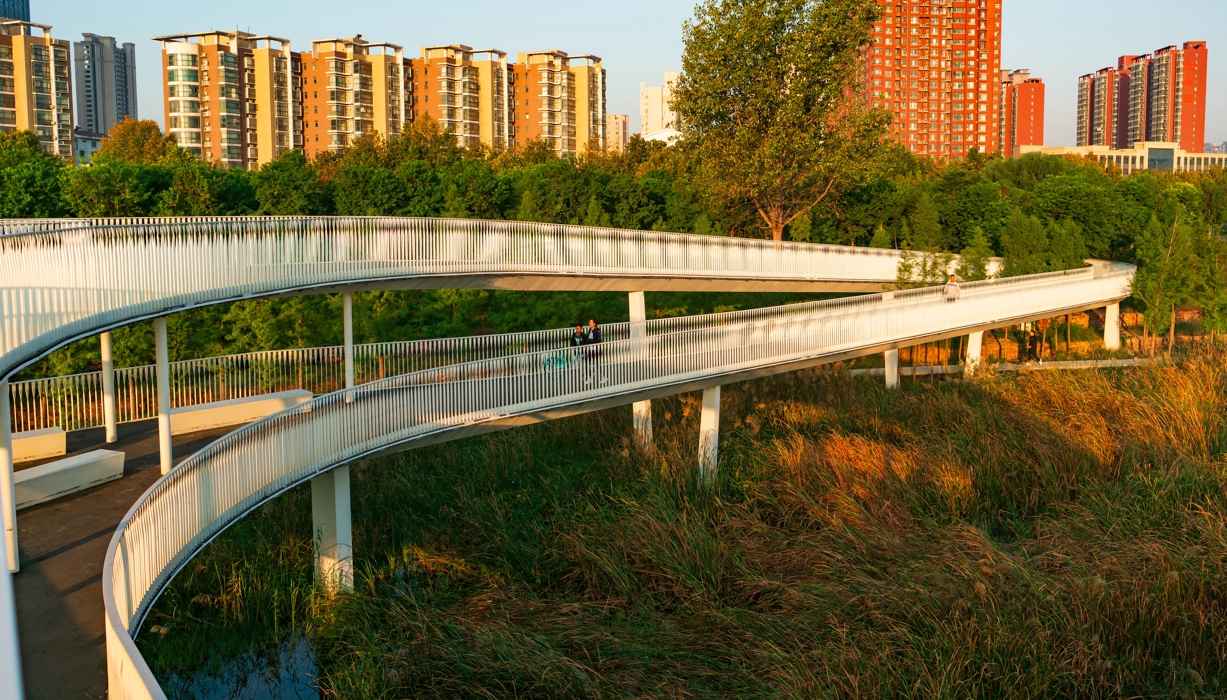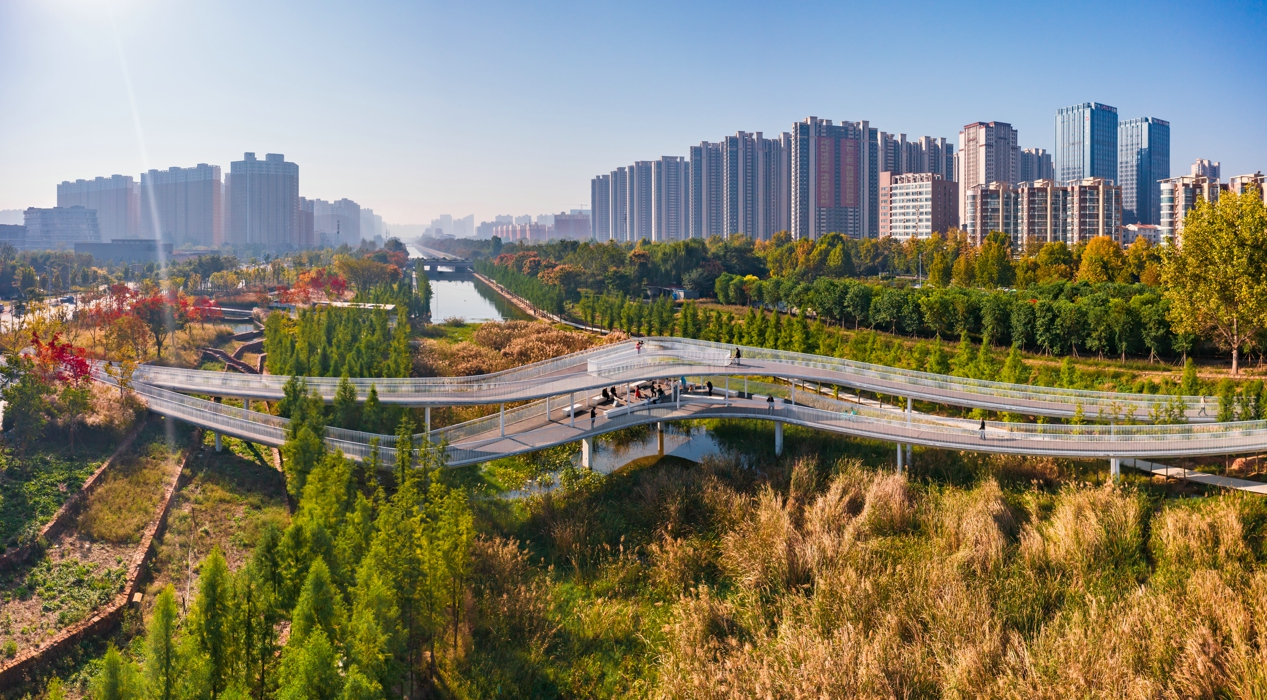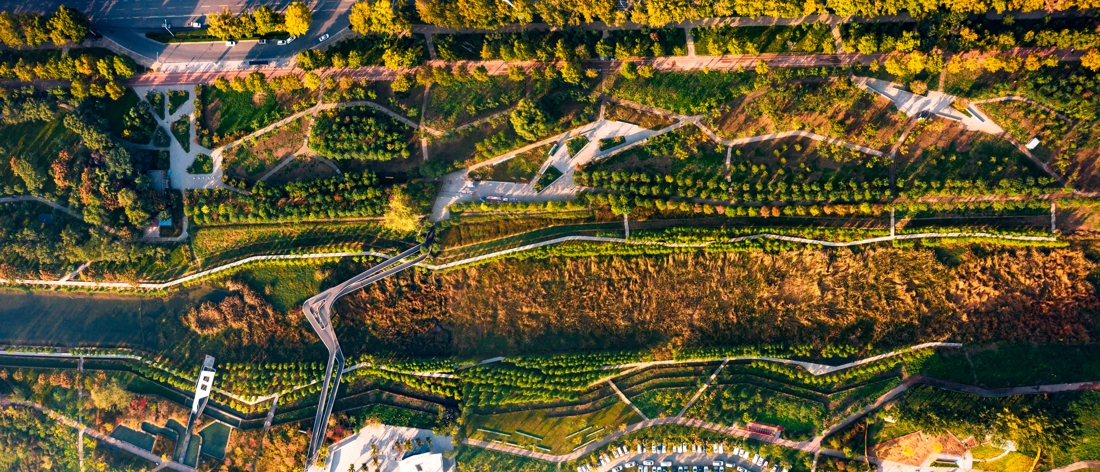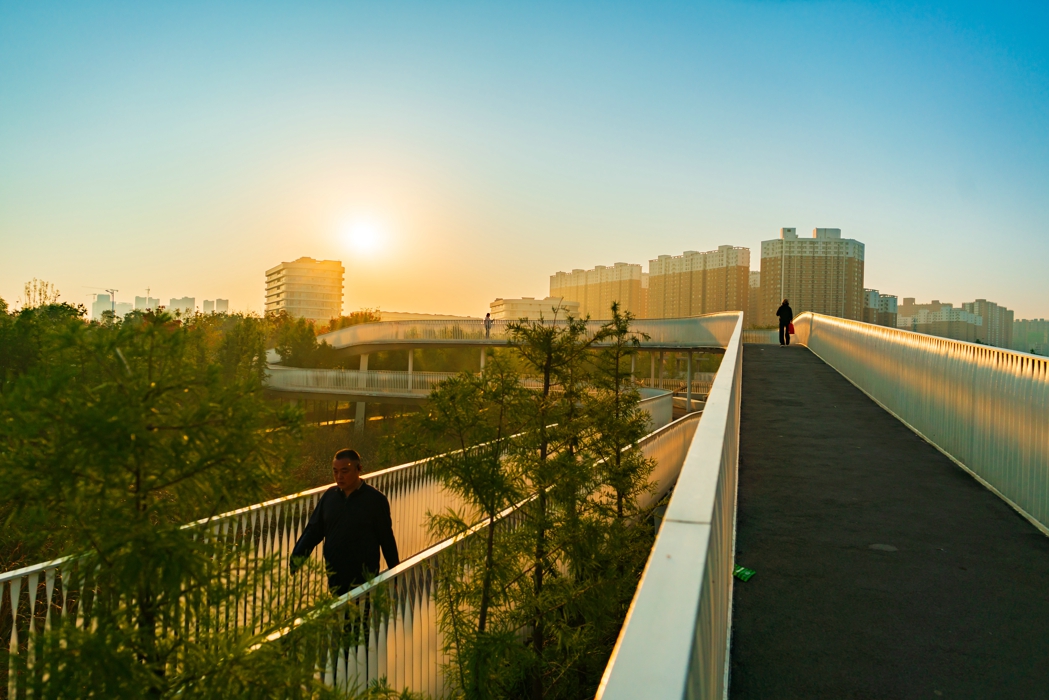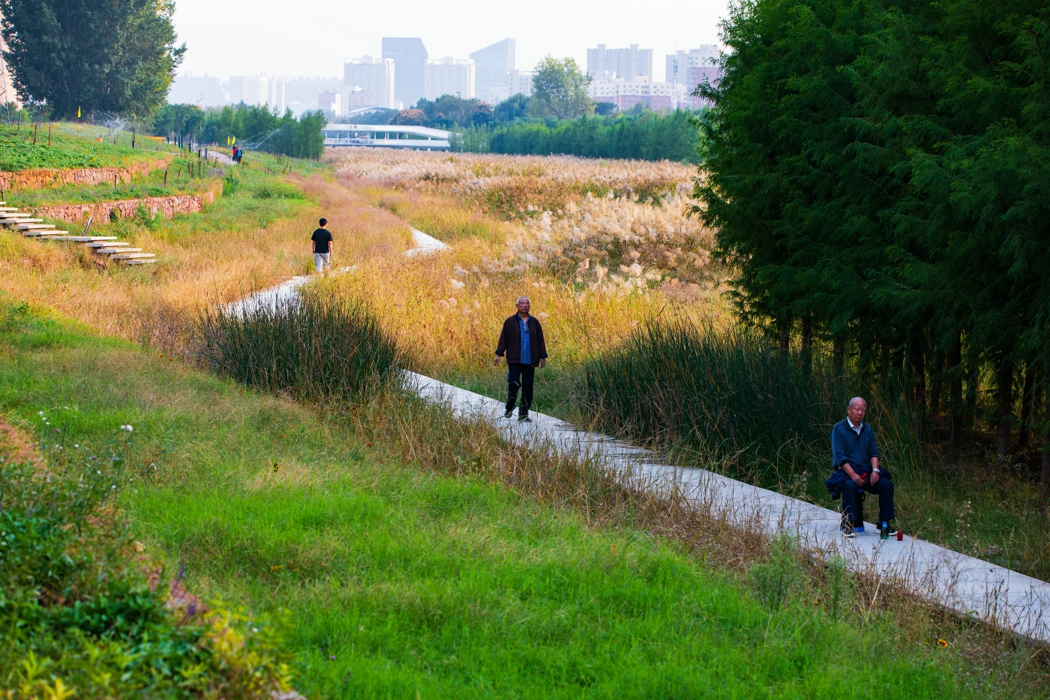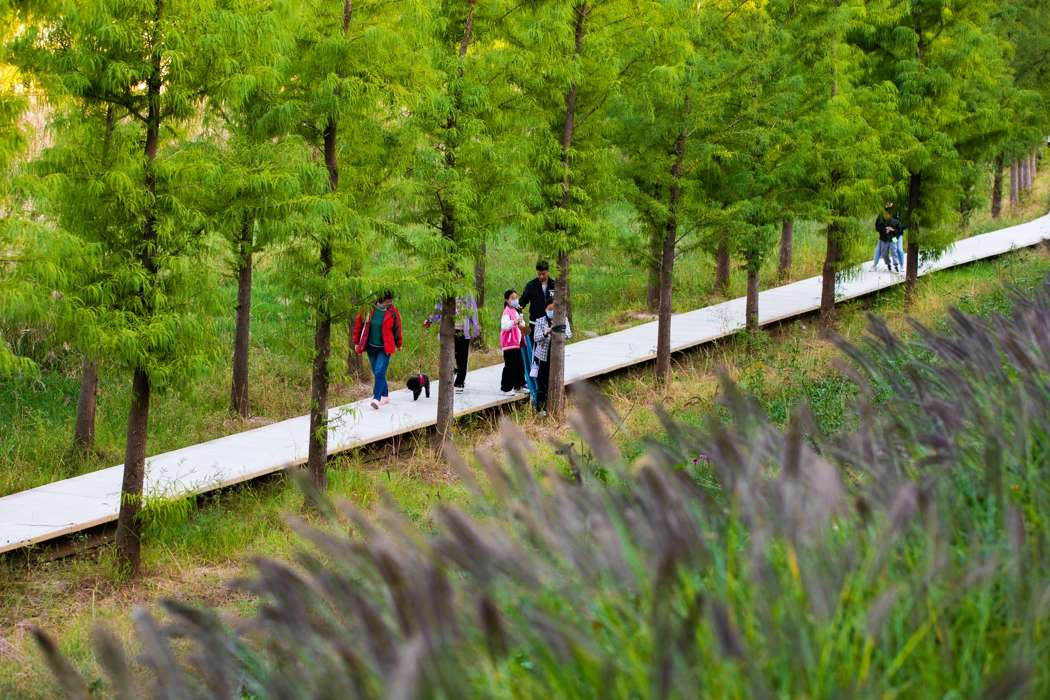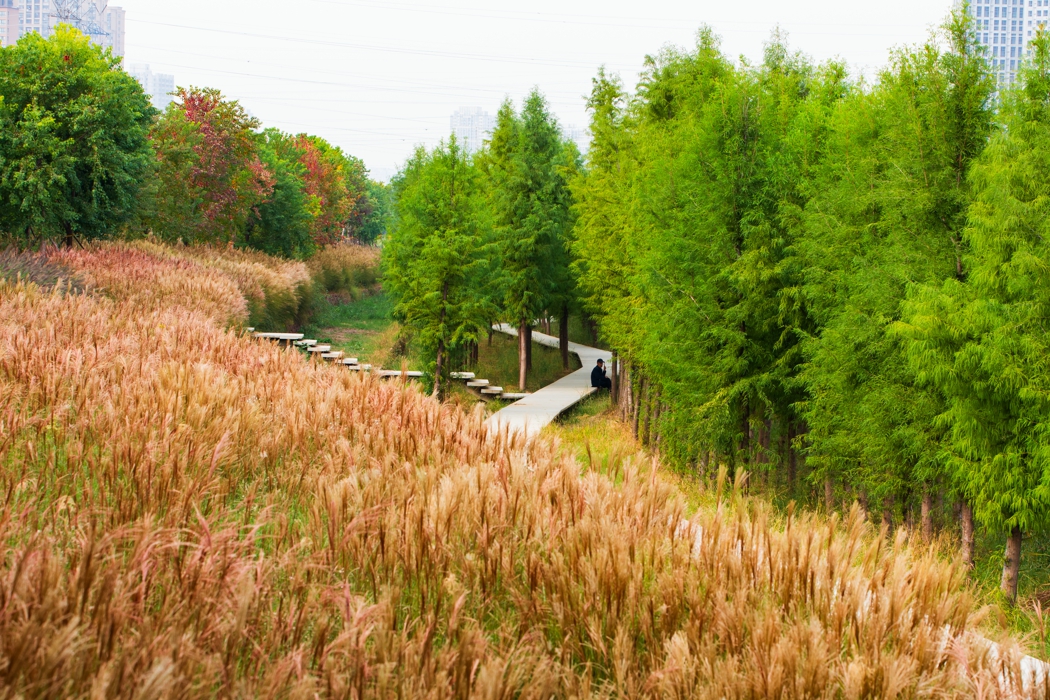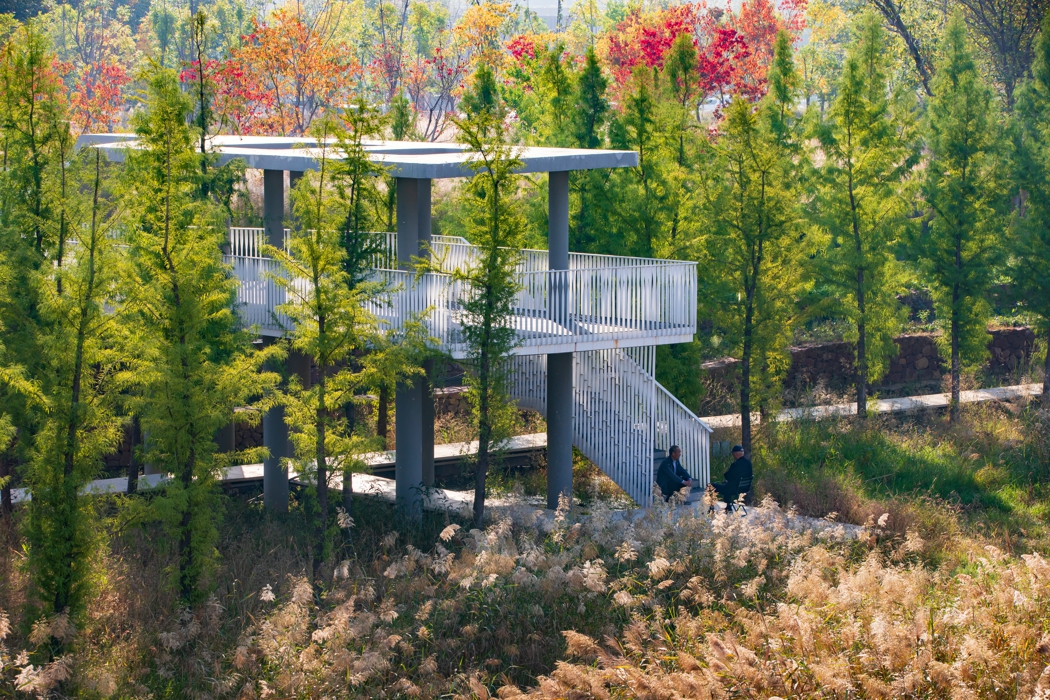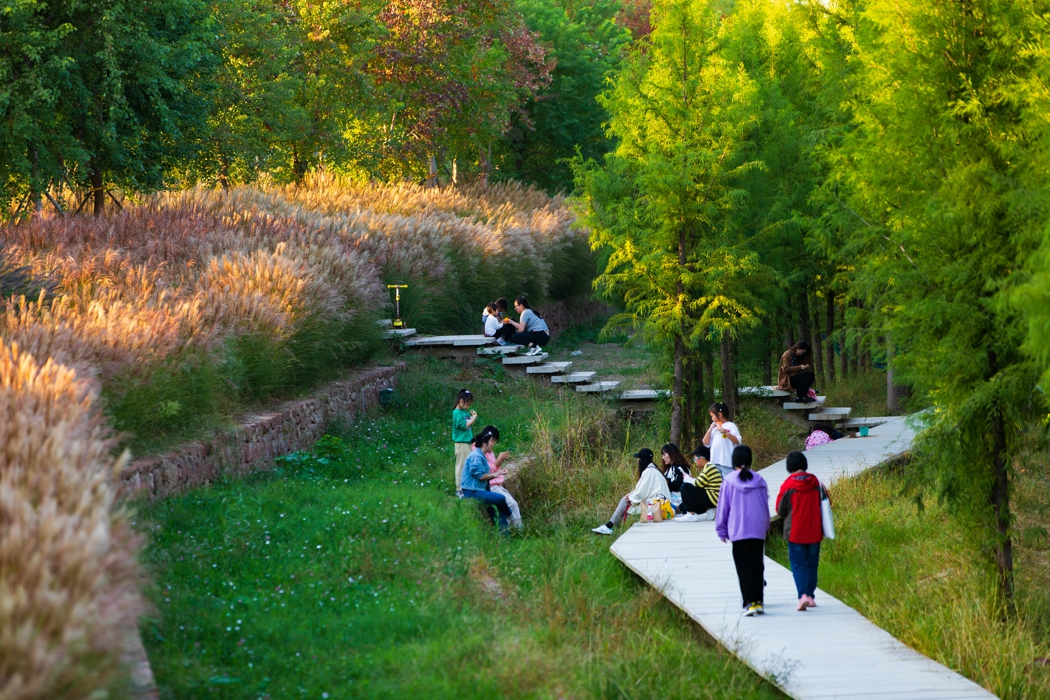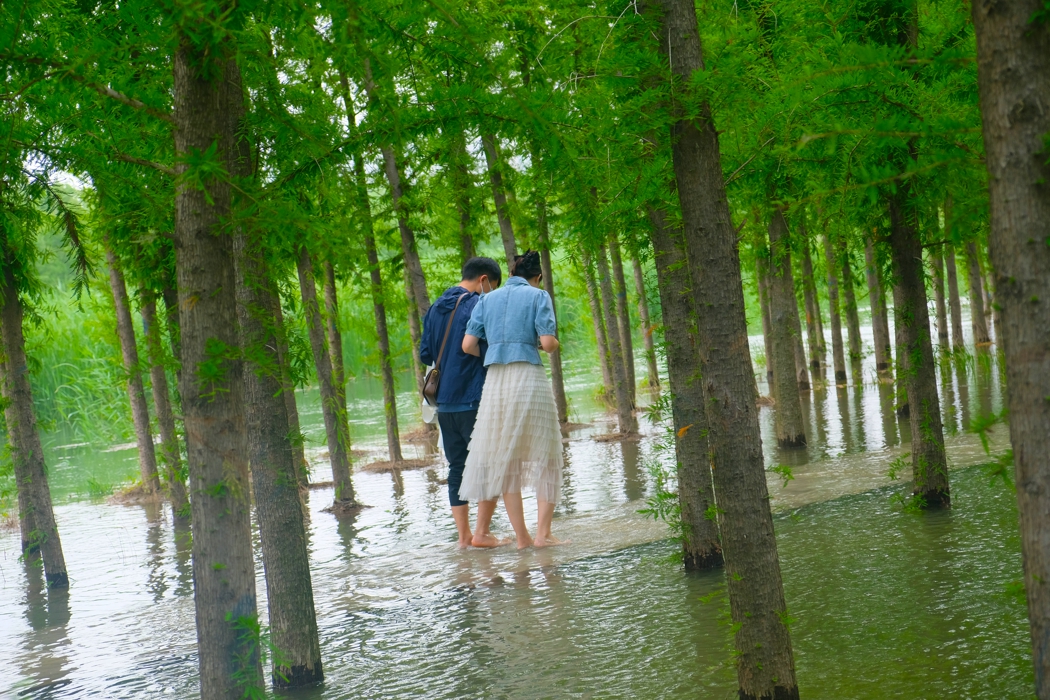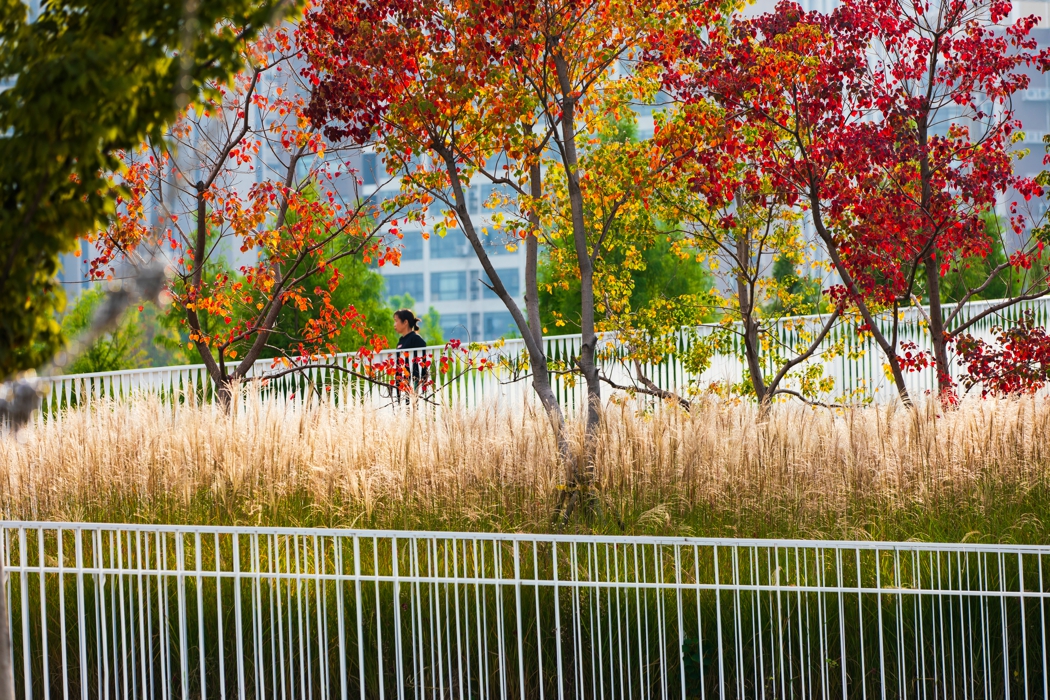Zhengzhou Dongfengqu Ecological Cultural Park
Project Information
- Project Location:
- China Zhengzhou, Henan
- Project Scale:
- 33.8 Hectares
- Design Time:
- June 2020
- Build Time:
- 2023
- Client:
- Agricultural and Rural Work Committee of Jinshui District, Zhengzhou City
Project Profile
1. Project Statement
The Comprehensive Upgrading Project of Dongfeng Canal, situated in the Jinshui District of Zhengzhou City, Henan Province, aims to revolutionize the traditional concept of urban waterways. Moving beyond the conventional drainage channel, this initiative envisions a vibrant, ecological corridor that integrates seamlessly with its urban context. The project leverages the canal's strategic location within the city, transforming it into an accessible, nature-infused public space that caters to the ecological and social dynamics of the area.
2. Site Condition and Challenge
Originally, the Dongfeng Canal presented a rigid, lifeless form, characterized by its straight course and engineered banks, spanning approximately 9.6 kilometers within the Jinshui District. The canal's proximity to urban centers posed unique challenges, necessitating a design that respects the existing urban fabric while introducing significant ecological improvements. The project faced the dual task of enhancing the canal's ecological function and water management capacity, all while fostering a connection between the urban population and the natural environment. The project covers an area of 33.8 hectares.
3. Design Strategy
To address these challenges, the project employed a multifaceted approach:
- Naturalization of the Waterway: The canal's banks were redesigned to introduce a more organic flow, expanding water spaces and slowing down the water's velocity. This strategy not only improves the waterway's aesthetics but also its ecological health, enhancing its role in urban biodiversity and water purification.
- Vegetation Integration: The introduction of trees and aquatic plants along the river corridor acts as a natural mechanism to further slow the water flow. This green infrastructure is pivotal in establishing a resilient, ecologically vibrant urban waterway.
- Recreational Opportunities: A pedestrian boardwalk along the canal invites residents and visitors to experience the riparian landscape up close, promoting hydrophilic interaction and recreational engagement with the waterway.
- Community Connectivity: Pedestrian bridges across the canal serve as vital links between communities, transforming the waterway into a conduit for social cohesion and urban integration.
4. Conclusion
The Dongfeng Canal project is a testament to the potential of urban waterways to serve as catalysts for ecological and social revitalization. By transforming a conventional drainage channel into a "sponge" waterway, the project not only addresses the practical concerns of water management and ecological restoration but also creates a space that fosters community interaction and connection to nature. This holistic approach to urban waterway design showcases a future where infrastructure projects enhance rather than compromise the natural and social fabric of the cities they serve.
